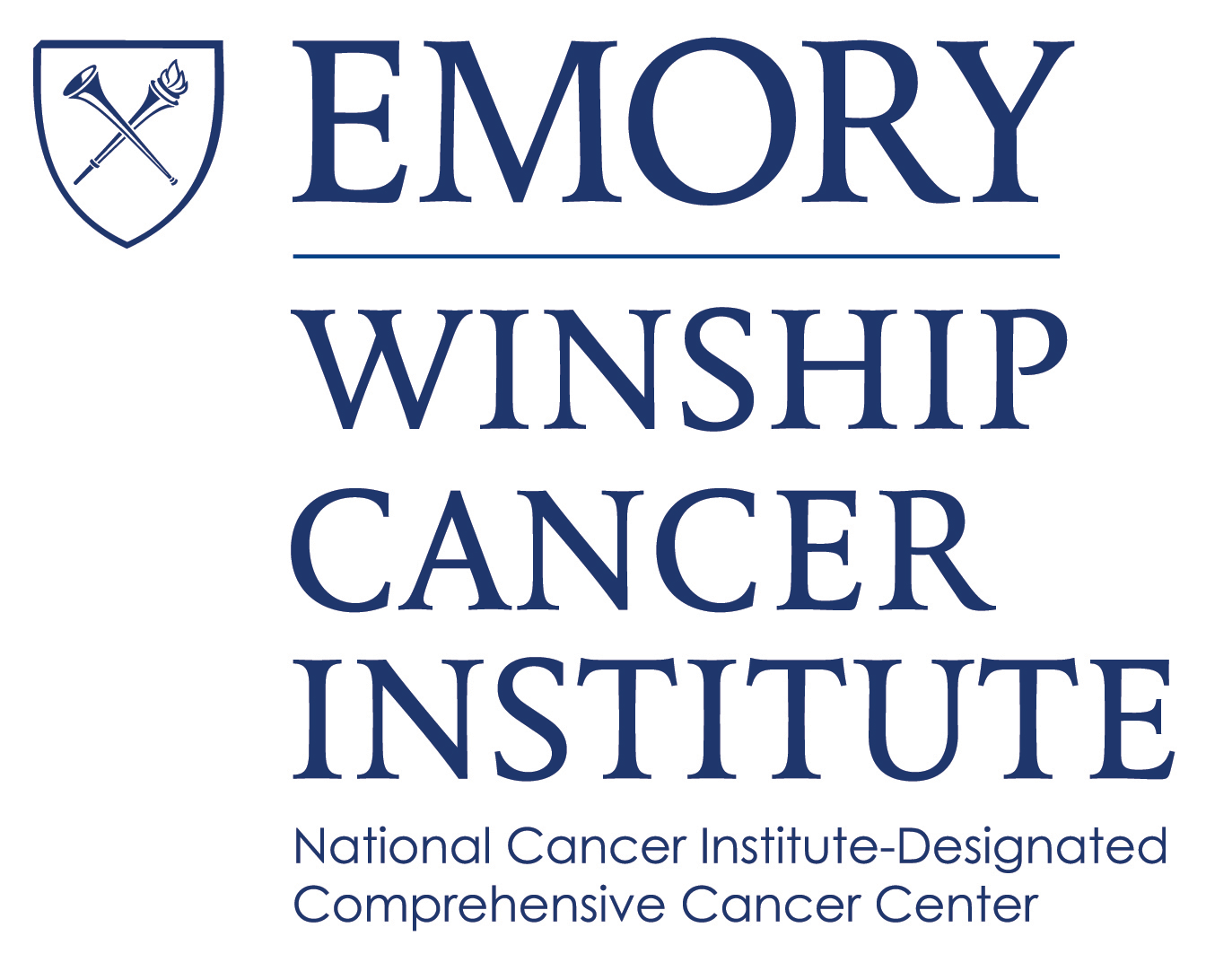- Advertise
- About OncLive
- Editorial Board
- MJH Life Sciences brands
- Contact Us
- Privacy
- Terms & Conditions
- Do Not Sell My Information
2 Clarke Drive
Suite 100
Cranbury, NJ 08512
© 2025 MJH Life Sciences™ and OncLive - Clinical Oncology News, Cancer Expert Insights. All rights reserved.
Dr Dhodapkar on the Role of Linvoseltamab in Relapsed/Refractory Multiple Myeloma
Madhav V. Dhodapkar, MBBS, discusses the advantages and disadvantages of bispecific antibodies and CAR T-cell therapy in patients with relapsed/refractory multiple myeloma, as well as the potential role for the bispecific antibody linvoseltamab in this treatment paradigm.
Madhav V. Dhodapkar, MBBS, professor, Anise McDaniel Brock Chair, Department of Hematology and Medical Oncology, Georgia Research Alliance Eminent Scholar in Cancer Innovation, Emory University School of Medicine; director, Center for Cancer Immunology, leader, Cancer Immunology Research Program, Winship Cancer Institute of Emory University, discusses the advantages and disadvantages of bispecific antibodies and CAR T-cell therapy in patients with relapsed/refractory multiple myeloma, as well as the potential role for the bispecific antibody linvoseltamab (REGN5458) in this treatment paradigm.
The BCMA- and CD3-directed bispecific antibody linvoseltamab was recently assessed in the first-in-human, phase 1/2 LINKER-MM1 trial (NCT03761108) in patients with relapsed/refractory multiple myeloma. In the dose-expansion portion of this trial, heavily pretreated patients experienced a high and durable overall response rate of 71% with linvoseltamab, comprising a 59% rate of very good partial responses or better and a 30% rate of complete responses or better.
Bispecific antibodies, such as linvoseltamab, can offer several advantages for patients with relapsed/refractory multiple myeloma, Dhodapkar begins. Unlike CAR T-cell therapy, their off-the-shelf availability allows for immediate administration without manufacturing delays. This makes them highly accessible to community physicians and optimal therapies for patients who require prompt treatment because of aggressive disease progression, Dhodapkar explains.
Regarding the safety profiles of these drug classes, CAR T-cell therapy is associated with a higher incidence of cytokine release syndrome than bispecific antibodies, Dhodapkar states. Conversely, bispecific antibodies tend to exhibit a more favorable safety profile.
Both CAR T-cell therapy and bispecific antibodies are active treatment options and have demonstrated an ability to engage and bolster immune responses, Dhodapkar continues. Moreover, these agents often target the same antigens, such as BCMA, he notes. Accordingly, it can be challenging to conclusively state which agent is the optimal choice of therapy based on efficacy alone, Dhodapkar says. The tolerability and accessibility of these agents are therefore 2 key factors guiding treatment decisions in this arena, he emphasizes.
Ultimately, the choice between these drug classes is a complex decision that necessitates close collaboration between community oncologists, specialists at CAR T-cell centers, and patients themselves, Dhodapkar states. Considering factors such as accessibility, safety, and the specific clinical scenario while employing shared decision-making will elucidate the most appropriate therapeutic approaches for patients with relapsed/refractory multiple myeloma, Dhodapkar concludes.


